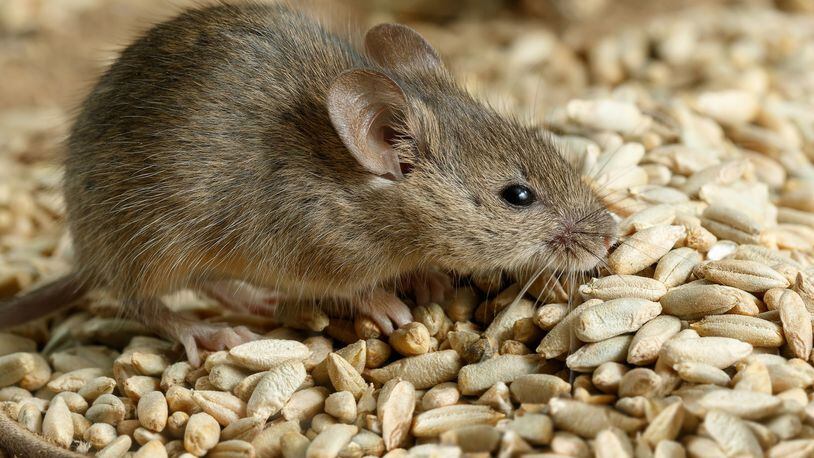“Gnawed wires cause all sorts of electrical problems, including engine no-starts. Unfortunately, the cost to make repairs can run into hundreds of dollars and is not always covered under the owner’s new car warranty or car insurance,” said Matt Barnes, manager of the American Automotive Association Tire & Auto location in Toledo. “Rodent damage is not something a car owner would think of needing protection from. However, we’ve seen enough cases to say it’s a problem.”
Since the early 2000s, requirements have been put upon automakers to manufacture cars that are more fuel efficient and environmentally friendly. To meet those requirements, certain car parts are being engineered with biodegradable elements. Soy-based wire coating is one example, along with insulation made from natural products like sisal and flax, and seat cushions made from coconut fiber.
“While advances in car construction can be beneficial to the environment, there may also be unforeseen consequences such as making your car more appetizing to rodents,” Barnes said.
AAA technicians say they typically see this type of destruction more frequently as the weather gets colder, especially if a car is not regularly driven. But the damage could happen at any time of the year.
If you have to park a seldom-used car outside, be sure to start and drive it from time to time. This can chase away mice that might be hibernating under your hood, and 30 minutes or so of operation will circulate the vehicle lubricants and help keep the battery charged.
While some people advocate using moth balls or pepper spray under the hood, fumes from these products are unhealthy for humans as well. Alternatives include cotton balls soaked in peppermint oil, or more conventional measures such as mouse traps, poisons and ultrasonic repellent devices. A number of non-toxic, plant-based rodent repellents are also available, and copper screening (not plastic or other metals) can be used to seal off air intake openings because rats don’t like its taste.
About the Author
